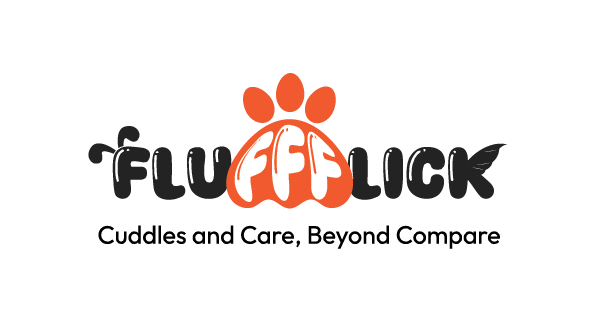Grooming is an essential part of pet care, and one of the most debated aspects is whether or not to trim your pet’s hair. While some pet owners believe that trimming or shaving their pet’s fur is necessary for hygiene and comfort, others argue that it can be harmful. So, is it right to trim your pet’s hair? Let’s explore the pros and cons, and understand when and how to trim your pet’s hair responsibly.
The Benefits of Trimming Your Pet’s Hair
- Temperature Regulation
- Summer Heat: Trimming your pet’s hair can help them stay cool in the summer. Thick fur can trap heat and cause overheating, especially in breeds with dense coats.
- Winter Warmth: Conversely, during winter, some breeds might benefit from a moderate trim to prevent matting while still retaining enough fur for warmth.
- Hygiene and Health
- Prevent Matting: Regular trims can prevent matting, which can cause skin irritation and discomfort.
- Reduce Parasites: Shorter hair makes it easier to spot and remove fleas and ticks.
- Skin Health: Trimming can help maintain healthy skin by allowing better air circulation and reducing the risk of infections.
- Comfort and Mobility
- Less Weight: Removing excess hair can make your pet feel lighter and more comfortable.
- Better Vision: Trimming hair around the eyes can improve your pet’s vision and reduce the risk of eye infections.
- Enhanced Mobility: Keeping the hair around the paws and joints trimmed can help prevent slips and improve mobility.
The Risks of Trimming Your Pet’s Hair
- Temperature Sensitivity
- Overexposure: Pets with trimmed or shaved fur are more susceptible to sunburn and cold.
- Heat Stroke: Inadequate fur can expose pets to direct sunlight, increasing the risk of heatstroke.
- Skin Irritation
- Razor Burn: Improper trimming techniques can cause razor burn, cuts, and other skin irritations.
- Allergic Reactions: Some pets might develop allergic reactions to grooming products or techniques.
- Behavioral Changes
- Stress: Some pets may experience stress and anxiety during and after grooming sessions.
- Behavioral Issues: Drastic changes in appearance might lead to temporary behavioral issues.
Best Practices for Trimming Your Pet’s Hair
- Know Your Pet’s Breed
- Breed-Specific Needs: Research your pet’s breed to understand their specific grooming requirements. Some breeds, like Poodles and Shih Tzus, benefit from regular trims, while others, like Huskies and Malamutes, have coats that should not be shaved.
- Professional Grooming
- Seek Expertise: If you’re unsure about trimming your pet’s hair, consider professional grooming services. Experienced groomers know the best techniques and styles for different breeds.
- Regular Visits: Schedule regular grooming appointments to maintain your pet’s coat health.
- Home Grooming Tips
- Proper Tools: Invest in quality grooming tools, such as clippers, scissors, and brushes, suitable for your pet’s coat type.
- Gentle Handling: Be gentle and patient during grooming sessions to minimize stress and discomfort.
- Training and Treats: Train your pet to get used to grooming from a young age and reward them with treats to create a positive association.
Conclusion
Trimming your pet’s hair can be beneficial when done correctly, but it is essential to consider your pet’s breed, coat type, and individual needs. While some pets thrive with regular trims, others might suffer from potential risks. Always prioritize your pet’s comfort and health, and consult with a professional groomer or veterinarian if you’re unsure. By following best practices and understanding your pet’s unique requirements, you can make informed decisions about grooming and ensure your furry friend stays happy and healthy.

